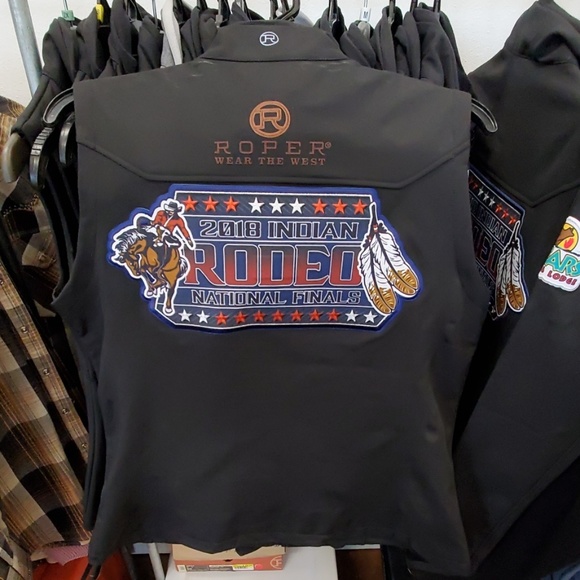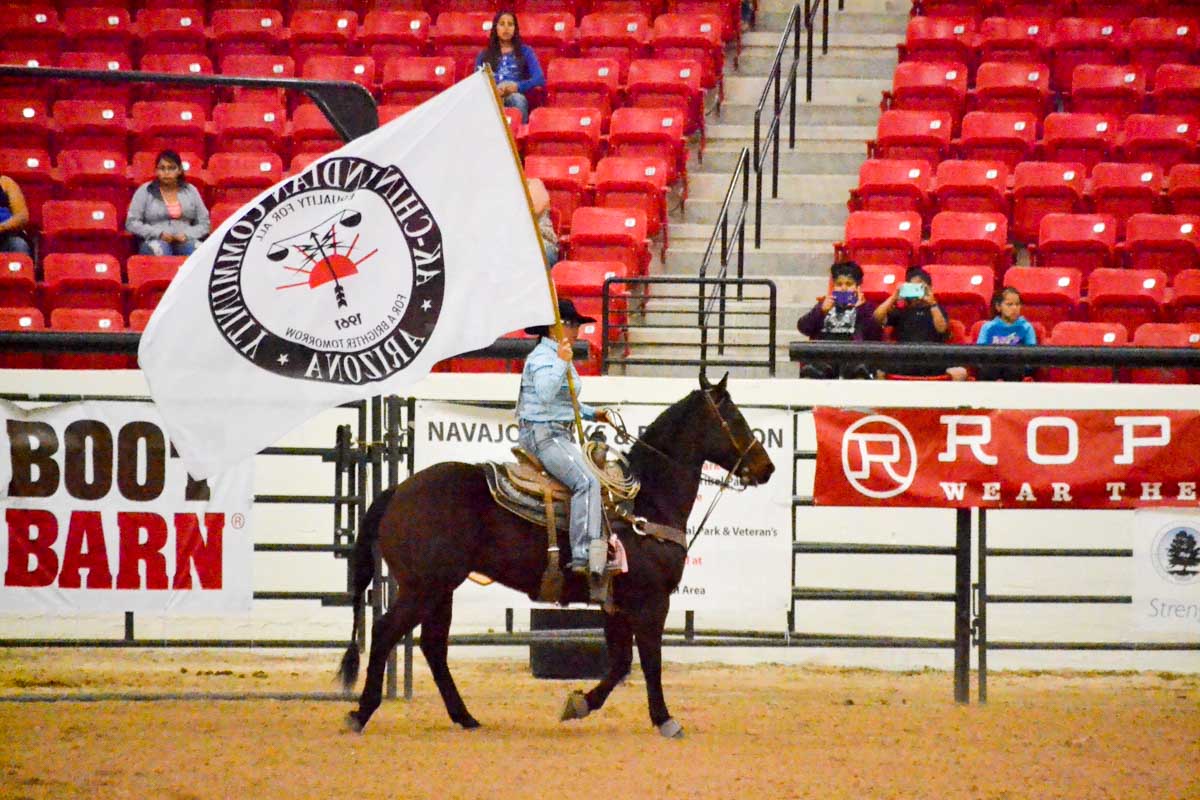

For some tribes, their skill with horses meant they could drive bargains and treaties with white settlers and governments, saving land and lives. At its core, the finals are a celebration of the farm and ranch lifestyle in Indian Country as well as a lesson in what a cowboy looks like in the 21st century.Ĭompetitors are heirs to the legacy of the indigenous peoples in whose cultures the horse was key. And the INFR, the championship competition for tribal members held each year in Las Vegas, is the pinnacle. Rodeo is an integral sport to many in Indian Country. “So I guess they look at us like gladiators.”

“Bull riding has been voted the most dangerous sport in the whole world,” Louis said earlier in the day. If Louis won, he would surpass his father and enter a whole new class of rider. Only one other bull rider has ever garnered three world-champion titles in the history of this rodeo, and Louis’ father is a two-time Indian world-champion bull rider. Louis, a Northern Cheyenne tribe member from Montana, won that round. Three years ago, Louis was 18 when he first competed in bull riding at the finals, and he was on the same top-ranked bull, a behemoth named Slow Ride. LAS VEGAS - By the final round Saturday night at the Indian National Finals Rodeo, all Dakota Louis needed to do was stay on his bull for 8 seconds and score more than 53 points to win his third world-champion bull-riding title.Īll the bull had to do was buck hard enough to throw him off before the whistle blew in this, its final rodeo outing before retirement.


 0 kommentar(er)
0 kommentar(er)
